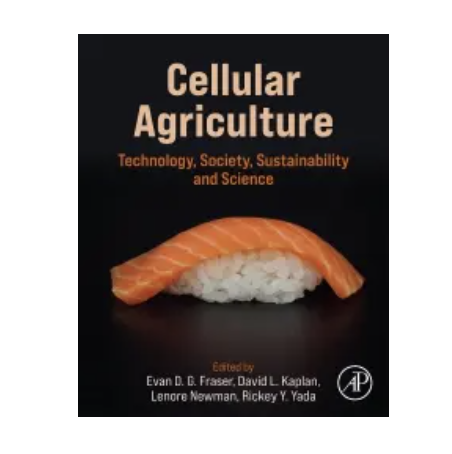- Overview
- Background
- Updates
Overview
After observing the popularity of crowdfunding among citizen scientists, New Harvest began to wonder if crowdfunding might be a helpful fundraising tool for cellular agriculture research.
We decided to experiment by doing. We used experiment.com, a crowdfunding platform for science experiments, to fundraise for a project to sequence the genome of an endangered black rhino. The project was led by Pembient, a cellular agriculture company making rhino horns, and Dr. Chuck Murray at the University of Washington.
New Harvest offered support as a fiscal sponsor, with our intern running the crowdfunding campaign as a summer project.
New Harvest helped Pembient exceed their goal of $16,500. We raised $17,292 from 181 individuals.
New Harvest concluded that the opportunity costs of crowdfunding campaigns were not suitable for the fundraising needed to advance cellular agriculture research.
This project experienced roadblocks and pivots. New Harvest decided to focus on food applications of cellular agriculture going forward.
Updates
August, 2015 – New Harvest disburses the funds to the University of Washington.
July, 2015 – New Harvest closes the campaign after exceeding the fundraising goal.
June, 2015 – New Harvest intern Meera Zassenhaus launches the crowdfunding campaign.
Collaborators
This initiative was a collaboration between New Harvest, Matthew Markus of Pembient, and Dr. Chuck Murray at the University of Washington.
New Harvest’s only role was to run the crowdfunding campaign. Beyond that, New Harvest had no involvement in the research itself.
See More Initiatives

Artificial Intelligence and Machine Learning in Cellular Agriculture
Cost and scale are major blockers to cellular agriculture's success, but they are complex technical and economic challenges. Artificial intelligence (AI) and machine learning (ML) techniques could help to accelerate much of this work, but there is very little public literature on the various applications and benefits. Given the potential exponential impact of AI/ML, New Harvest and Alberta Machine Intelligence Institute (Amii) launched the AI in Cell Ag Initiative.

Safety Initiative Phase III: Precompetitive Collaboration on Safety Research and Methods Development
The Cultured Meat Safety Initiative (CMSI) is a joint initiative between New Harvest and Vireo Advisors aiming to address critical technical, methodological, and informational challenges related to evaluating the safety of cultured meat (CM) products.
CMSI involves the convening of diverse stakeholders, including industry, governmental scientists, regulators, academic researchers, and others. Gaining such varied perspectives advances public knowledge and the practice of food safety for CM products by identifying and addressing data gaps. Research conducted to develop data and methods build the necessary support elements for the emerging ecosystem, which can raise regulatory and consumer confidence, support industry efforts toward commercialization, and improve the efficacy of evaluation processes of regulatory safety reviews.
Building on progress from Phase I and Phase II of CMSI, New Harvest and Vireo Advisors are now working to convene diverse stakeholders to create the infrastructure for shared knowledge, methods, and data that address the priorities identified in Phase I and II. Our long-term goal is to coordinate and launch regional efforts to develop and validate analytical methods for CM safety analysis and use these methods to generate datasets that can be made publicly available to support transparent food risk assessments and policy-making processes.

The Foundational Cellular Agriculture Textbook
Cellular Agriculture: Technology, Society, Sustainability and Science was designed to be the go-to reference for everyone in cellular agriculture - the textbook found in every company’s office, in every university lab, and in every aspiring student’s backpack.
The text provides a state-of-the-art review of cellular agriculture technologies, presenting foundational information with practical application insights. There are chapters on regulatory and policy issues, as well as reviews of the sustainability challenges of alternative proteins.
It is the first resource of its kind to take a practical approach to review the design, feasibility, and implementation of cellular agriculture techniques. With additional chapters on life cycle analyses and ideal transition scenarios, this book provides a resource for aspiring technology developers and academics alike seeking evidence-based assessments of the industry and its disruptive potential. The textbook was written by industry and academic experts for a balanced perspective of the field today and to inspire and shed light on a path forward.

